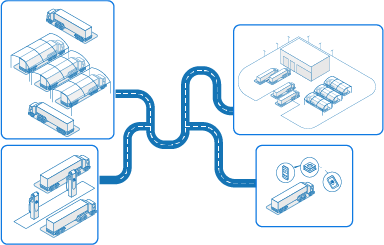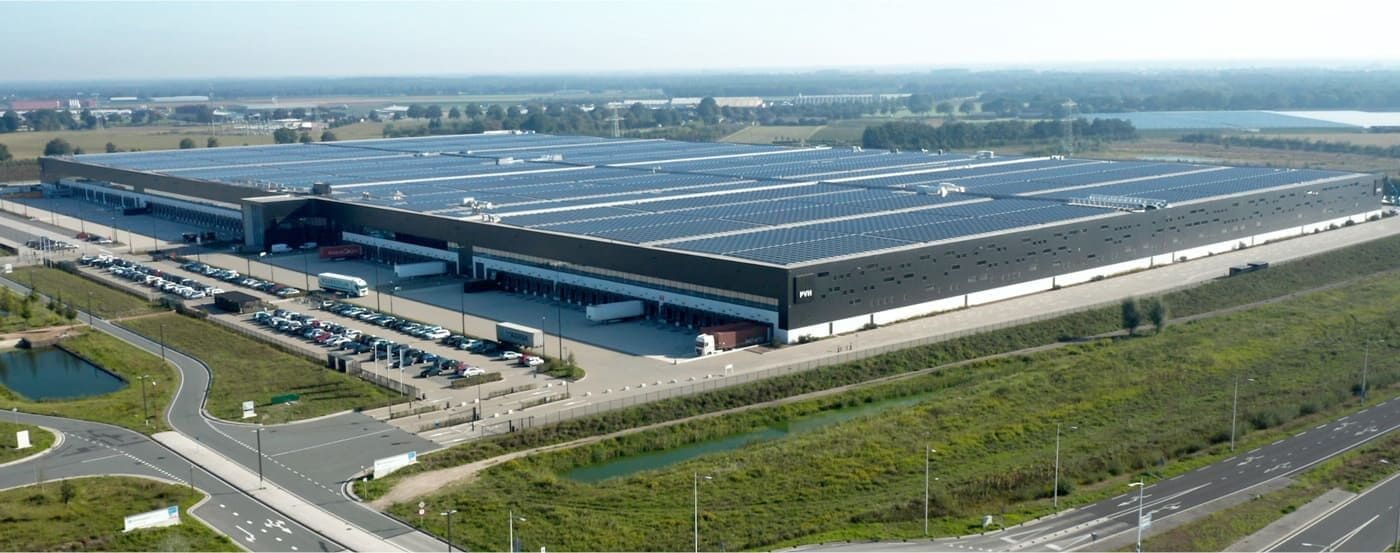Development of charging infrastructure
Today
Charging infrastructure adapted only to servicing LCVs/MCVs – the implementation of electric vehicles is related to the development of infrastructure

2025
Sharing charging networks between fleets in order to expand efficiency and promote electromobility

2030
Mutual interests of stakeholders with regard to stimulation of the common development of public charging networks – to increase the number of HDVs and generate revenues from charging

of electric heavy-
duty transport
The global problem of excessive emissions of harmful substances generated by heavy road transport is a challenge both for companies and the entire market. The countries with the greatest importance in this sector must become the precursors of changes in order to meet the assumptions of the pursuit of emission neutrality.
Overcome challenges
1
The weight of the battery no longer limits the payload to a degree that would make the commercial use of electric trucks impossible (EKO-LOG Project)
2
Decreasing prices and increased availability of lithium-ion batteries
3
More and more competitive TCO
Challenges to be overcome
4
Lack of the necessary public high-power charging infrastructure
5
Limited market offer
6
No public support system for buyers of electric heavy-duty vehicles
Warehouse and Logistics Center in Venlo (Netherlands)
Source: World Economic Forum

Development of the offer of zero-emission trucks
The number of fully electric trucks available is still very limited and not every manufacturer has a product ready for sale. However, there is a growing interest in the subject and the coming years will bring a dynamic development of the portfolio in the field of electric trucks.